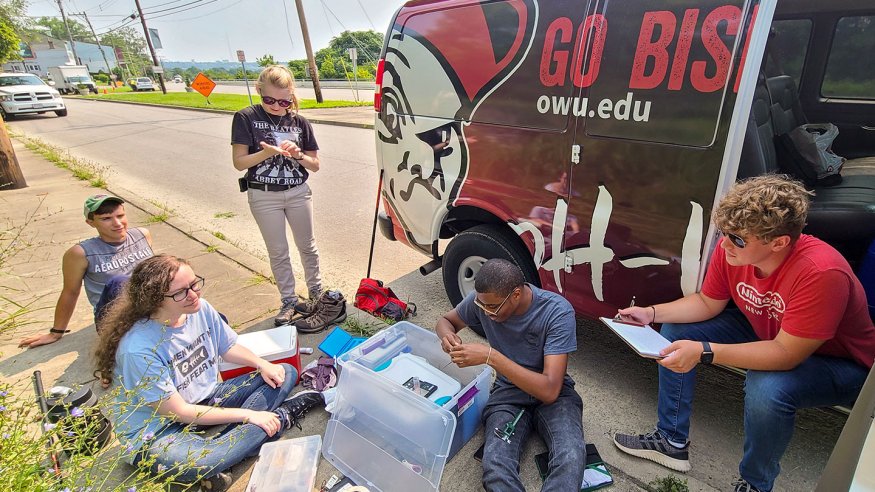
Lizard Lessons
Five Ohio Wesleyan Students to Present Research at International Biology Conference
DELAWARE, Ohio – Five Ohio Wesleyan University students will travel to Phoenix, Arizona, in January to present two research projects at the 2022 meeting of the Society for Integrative and Comparative Biology.
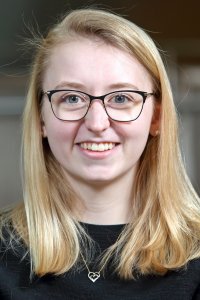
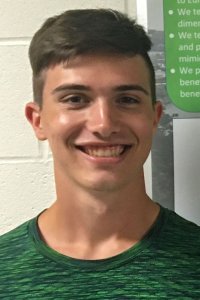
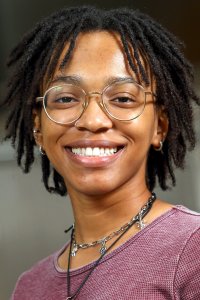
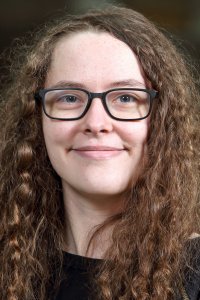

The students are Cece Colwell, a Genetics and Spanish double-major from Hilliard, Ohio; Wyatt McQueen, a General Zoology major and Geography minor from Heath, Ohio; Ciara Pettit, a General Zoology and Spanish double-major from Cleveland, Ohio; Sierra Spears, a Pre-Professional Zoology major and Chemistry minor from Bowling Green, Ohio; and Princeton Vaughn, a Zoology and Environmental Science double-major and Music Composition minor from Bowie, Maryland.
All of the students have been awarded University-funded OWU Connection grants to support the off-campus educational experience. They will travel with their research mentor Eric Gangloff, Ph.D., assistant professor of Biological Sciences. His research focuses on “the big question of how organisms will respond to this rapidly changing world,” and includes a special focus on reptiles and amphibians.
The Ohio Wesleyan students will participate in one oral presentation and one poster presentation at the January conference. The presentations are based largely on work they completed during OWU’s 10-week Summer Science Research Program and are titled, respectively, “Uptown Lizard: Examining morphology and performance of an introduced urban lizard, Podarcis muralis” and “Thermoregulation and Water Loss in Podarcis muralis (Common Wall Lizard).” The latter research was conducted in collaboration with students and researchers at the University of Toronto.
As for her role in the research, Cece Colwell, a graduating senior, said she worked with Gangloff and with Laura Tuhela-Reuning, Ph.D., Ohio Wesleyan’s scanning electron microscopist, to image lizard claws, scales, blood cells, and more.
“Dr. Gangloff and Dr. ‘T-R’ are the coolest mentors,” Colwell said. “I have learned new ways to use the SEM (scanning electron microscope), for example, features that improve the resolution of our images. I have been taught many techniques for fieldwork, like obtaining lizard temperature and blood samples.
“What has impacted me most is my mentors’ confidence in me,” she said. “They allow me to be self-directed and work on tasks independently. This makes me feel like a capable scientist!”
Ciara Pettit said the research explores how the common wall lizard has adapted over time to changes in climate and habitat, including living in urban environments.
“In ecological studies, when we study certain thermoregulatory behavior we can predict how they will behave when temperatures rise due to climate change,” Pettit said. “In the future when I graduate I hope to work with ectotherms (cold-blooded animals) because I find them so fascinating since they adapt to their environment so easily.”
Princeton Vaughn’s work on the lizard research has included studying their presence in Cincinnati, Ohio, where they were accidentally introduced into the city in the 1950s.
“This project is interesting for a few different reasons,” Vaughn said. “The common wall lizard is invasive in Cincinnati, so this project gives insight into how these organisms respond to a new environment.
“We also have museum specimens of this species collected in Cincinnati in the 1980s, which is 30 years after introduction,” he said. “This allows us to see how their body structure has shifted over time in a new environment. This also directly ties into the ideas in ecology, evolution, and anatomy classes, such as the morphology-performance-fitness paradigm and adaptation to novel environments.”
For Vaughn and Spears, their presentation at the upcoming Society for Integrative and Comparative Biology (SICB) will be their second time sharing research findings with the international organization. Both gave virtual presentations at the Society’s 2021 annual meeting.
Based in Herndon, Virginia, the Society “fosters research, education, public awareness and understanding of living organisms from molecules and cells to ecology and evolution. SICB encourages interdisciplinary cooperative research that integrates across scales, and new models and methodologies to enhance research and education.”
Learn more about the Society, more about majors in the Biological Sciences (including Zoology), and more about Ohio Wesleyan’s annual Summer Science Research Program.
Founded in 1842, Ohio Wesleyan University is one of the nation’s premier liberal arts universities. Located in Delaware, Ohio, the private university offers more than 70 undergraduate majors and competes in 24 NCAA Division III varsity sports. Through its signature program, The OWU Connection, Ohio Wesleyan teaches students to integrate knowledge across disciplines, build a diverse and global perspective, and apply knowledge in real-world settings. Ohio Wesleyan is featured in the book “Colleges That Change Lives” and included on the U.S. News & World Report and Princeton Review “Best Colleges” lists. Connect with OWU expert interview sources at owu.edu/experts or learn more at owu.edu.
